Top Ten National Park in India
There are about 566 Wildlife Sanctuaries present in India and about 104 of them are designated as National Parks. National parks in India spread across the country offer a great diversity of wildlife in India. National parks of India are known for their flora and fauna. These National parks are home to various rare and endangered animal species they attract tourists from all over the world and are the major sites of wildlife tourism. In this article, we are going to give you brief information about the top 10 National Park in India.
1. Kanha National Park
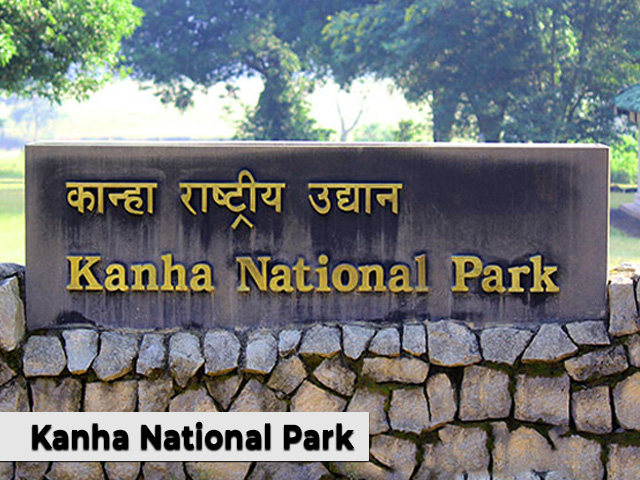
Kanha National Park is heaven for wildlife adventurers. It is situated in the Maikal range of Satpuras in Madhya Pradesh. It is one of the largest parks in central India having a total land area of 1945 sq. Km. In 1879 the park was designated as a reserve forest and its status was raised to Wildlife sanctuary in 1933. In 1955 the park’s position was further upgraded to a National park. The wildlife of Kanha national park is the source of inspiration for authors Rudyard Kipling’s famous creation “The Jungle Book”.
The Kanha National park is famous to spot tigers it is believed that approximately 105 tigers live in Kanha National park. Kanha National park is also known for Barasingha deer, leopard, sloth bear, and sambar deer. The ideal time to visit Kanha National Park is from October to June.
Bammi Dadar, also known as the sunset point is the ideal location in the park to enjoy. Both Jeep and Elephant safaris are available to explore the beauty of the jungle.
2. Bandhavgarh National Park
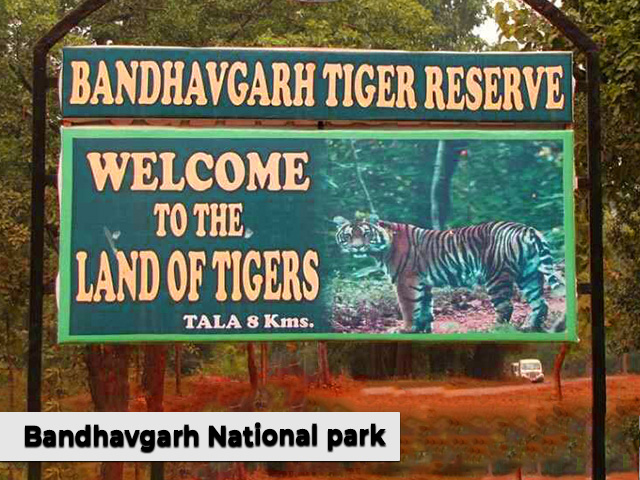
The Bandhavgarh National Park is situated in the Vindhya Hills of Umaria District in Madhya Pradesh. The park was established in 1968. The park has the highest population of tigers than any other park in India. The other species of animals that can be spotted in the park include Leopards, Chital, dhole, and nilgai (“blue bulls”).
Not only big cats but more than 150 species of birds, and nearly 80 species of butterflies are the main attractions of the Bandhavgarh National Park.
3. Kaziranga National Park
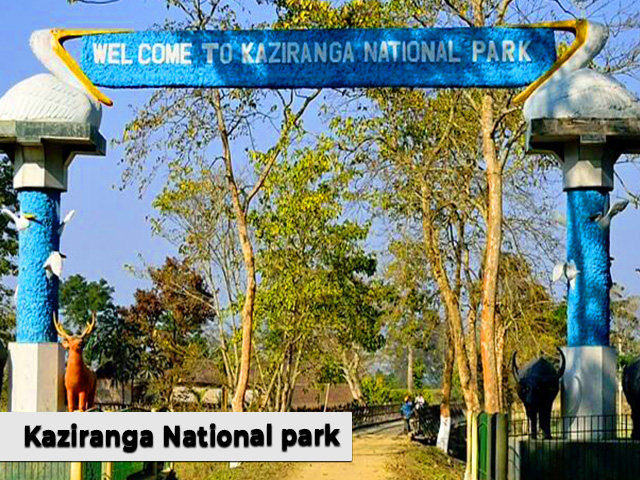
Kaziranga National Park is situated partly in the Golghat district and partly in the Nagaon District of Assam. The park is famous for its one-horned Rhinoceros. The park holds 2/3rd of the total world’s population of one-horned Rhinoceros. The Kaziranga park was established as a proposed reserve forest in 1905 by Mary Curzon the wife of the viceroy of India Lord Curzon after she fail to spot a single Rhinoceros in the area. Kaziranga Reserve forest was declared a wildlife sanctuary in 1950. The government of India tagged the area as National Park in 1974.
In 1974, the area of the park expanded to 430 sq. km from the original 232 sq. km. in the year 1985 UNESCO, declare Kaziranga Park a world heritage site. Not only this but the park is also recognized as an important bird sanctuary by Birdlife international society as it is a natural habitat for different species of birds. The park is also recognized as a Tiger reserve in 2006, it is one of the places that holds the highest density of tigers in the world. The park is nurtured by Brahmaputra rives hence the park’s vast variety of flora and fauna.
The park also holds endangered species such as Bengal tigers, Asian elephants, sloth bears, Gangetic dolphins, and many migratory birds. In Kaziranga both elephant and jeep safari are available but elephant safari is more preferred Kaziranga for better exploration of the forest area.
4. Nagarhole National Park
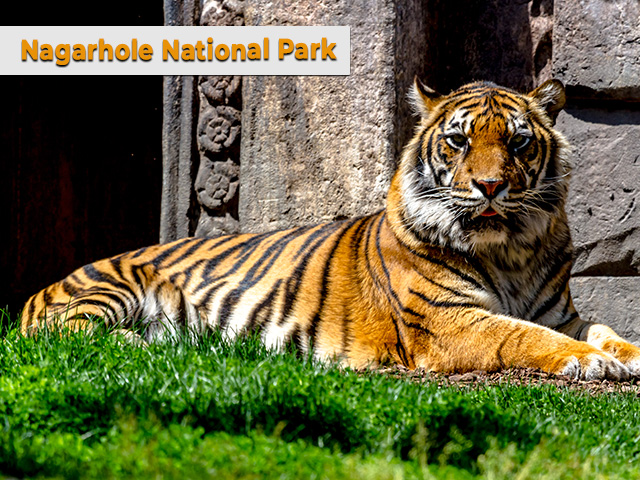
Nagarhole National Park is also known by the name Rajiv Gandhi National Park. It was established in 1988. It is situated between Mysore and Kodagu the two districts of Karnataka. Various streams of water serpentine through the rich tropical forest of this national park hence it is named Nagarhole, which is a combination of two words “Nagar” which means Cobra, and “Hole” which means Rivers. Nagarhole national park is famous for spotting Bengal Tigers and Asiatic Elephants.
Nagarhole national park is the natural home of a variety of wild animals such as Bears, leopards, wild dogs, Sambar Deer, Antelope, spotted Deer, and various species of birds. Teak trees and Rosewood are found commonly in Nagarhole National park.
5. Ranthambore National Park
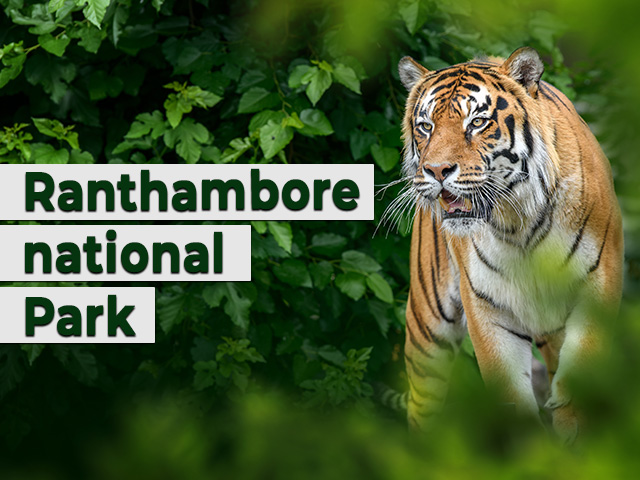
Ranthambore national park is situated in the Sawai Madhopur district of Rajasthan. It is the main source of attraction for wildlife tourism in Rajasthan. It is 180km away from Jaipur and 110km away from Kota. The Park is partitioned into 10 zones, out of which 1 to 5 zones are best for spotting tigers.
This park is famous for tigers you can spot mother tigers with their cub in this park the vegetation of the park give the tiger extra cover to hide and hunt their prey. Other than the tiger the major wild animal found in Ranthambore is Leopard, Nilgai, Wild boar, Sambar, Hyena, Sloth bear, and chital. Ranthambore has a wide variety of reptiles and birds. Apart from that different type of plant and vegetation is found at Ranthambore.
6. Periyar National Park
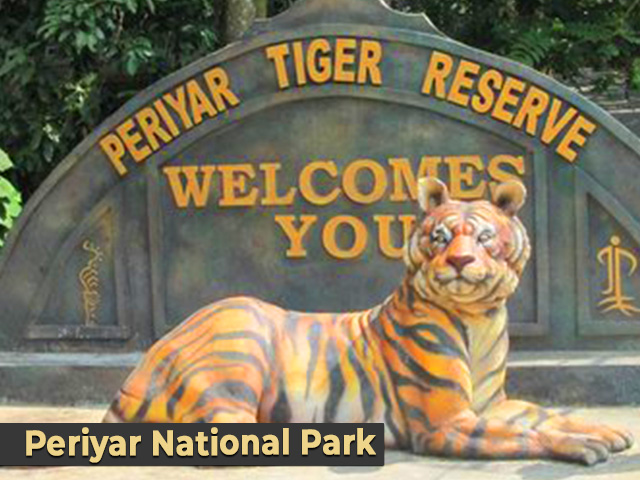
The Periyar National park & Wildlife Sanctuary is situated near Thekkady in Kerala. Periyar National park is famous for tigers and elephants. It is present within the confines of Western Ghats. The area of the wildlife sanctuary is 925sq km and the rest of the area of 350km of the core zone was tagged as a National park in the year 1982. It is the only national park in south India which a 100-year-old artificial lake.
Apart from tiger and elephant Periyar national park is known for Wild pigs, Sambar, Gaur, Mouse Deer, Dole or Barking Deer, Indian wild dog, and Nilgiri Tahr. The park consists of Tropical evergreen, Semi-green, and moist deciduous forests. The wild animals of different species exist in Periyar National park for example 246 species of birds, 49 species of mammals, 28 species of reptiles, 8 species of amphibians, 22 species of fishes, and 112 species of butterflies are found in Periyar national park.
7. Gir National Park
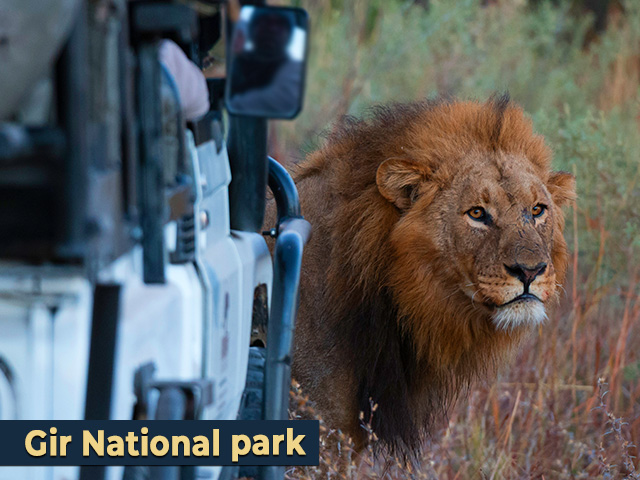
If you want to see lions grooming free in the wild then you must visit Gir National park, which is located 65 km south East of the Junagarh District. On 18th September 1965, the government declare Sasan Gir a Wildlife Sanctuary. The total area of the wildlife sanctuary is 1412 sq. km of which 258 sq. km are comes under the national park. Gir Park is well known for Asiatic lions there are about 523 lions living in the park according to the census of 2015.
The park has more than 300 leopards. Herbivorous animals like sambar deer, and Chowsinga (four-horned antelope). Are also found in Gir National park. The Gir national park is also home to small carnivore animals like Jackal, striped Hyena, and Indian Fox. Around 200 species of bird are found in Gir. Indian Bird conservation network designated Gir National park as an important bird area.
Gir is also the natural home of rare species like white-backed and long-billed vultures. Reptiles like Marsh crocodiles can be found in a large reservoir named Kamleshwar. Snake species such as King cobra, Russell’s viper, Saw-scaled viper, and krait are also found in Gir National park.
8. Sunderbans National Park
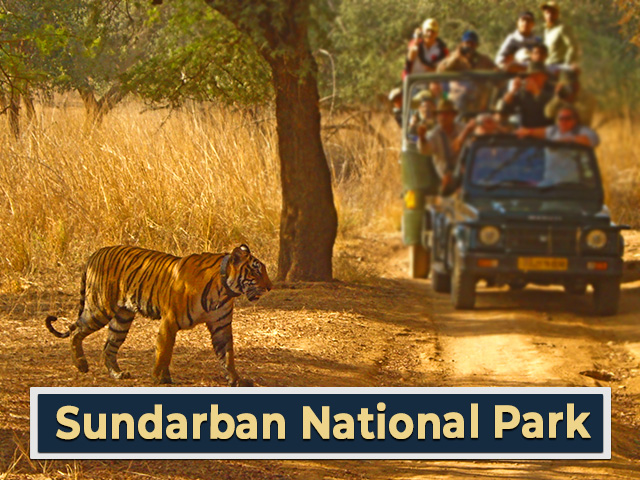
Sunderban National park is located in West Bengal along the Delta regions formed by the Ganga river. If you want to see the magnificent Bengal Tiger then you must visit Sunderban once in your life. Sunderbans means the beautiful forest. One of the largest reserves of Bengal tigers is present in Sunderbans. Sunderbans Tiger Reserve was tagged as a Wildlife sanctuary in 1977.
Sunderbans status was raised to National Park on May 4, 1984. Sunderban National Park is a UNESCO World Heritage site. The main attraction of Sunderbans National park is the Bengal tiger apart from the Bengal tiger other wild animals such as Fishing Cats, Leopard, cats Macaques, Wild boars, Indian Grey Mongoose, Fox, Jungle cat, Flying Fox, Pangolin, Chital are also found in Sundarbans. Sunderbans is rich in flora and fauna it shows the existence of 64 plant species.
9. Nanda Devi & Valley of Flowers National Parks

Nanda Devi and Valley of Flowers are separated from each other by 20km both of them together form a UNESCO world heritage site in Uttarakhand. Nanda Devi is the second highest peak in India with a height of 7817meters. The endangered species of animals including the Asiatic black bear, snow leopard, and brown and blue sheep are found in Park.
The valley of flowers located in north Chamoli and Pithoragarh in the state of Uttarakhand is famous for meadows of endemic alpine flowers and the variety of flora. The valley of flowers is famous for trekking.
10. Jim Corbett National Park

Jim Hobart national park is located in the Nainital district in the Indian state of Uttarakhand. Jim Corbett National park is recognized as Indians’ first National park. The National park is rich in flora and fauna. Animals like the Royal Bengal tiger, Asiatic Elephant, sambar, jackal, and kingfisher are easily found in the park.
The Flora in the park includes Sal forest, various flowers like Bali, Mahua, Kusum, Bela & grasslands. The park is divided into 6 zones. In the year 1936, Corbett National Park was previously known by the name Hailey National Park. it is the oldest national park in India.
FAQ About National Parks in India
Ans: Jim Corbett National Park in Uttarakhand state.
Ans: Gir National Park in Gujarat
Ans: Bandhavgarh National park has the largest number of Tigers.
Ans: Kaziranga National Park in Assam is famous for one-horned Rhinoceros.
Ans: Periyar national park is located in Kerala state




